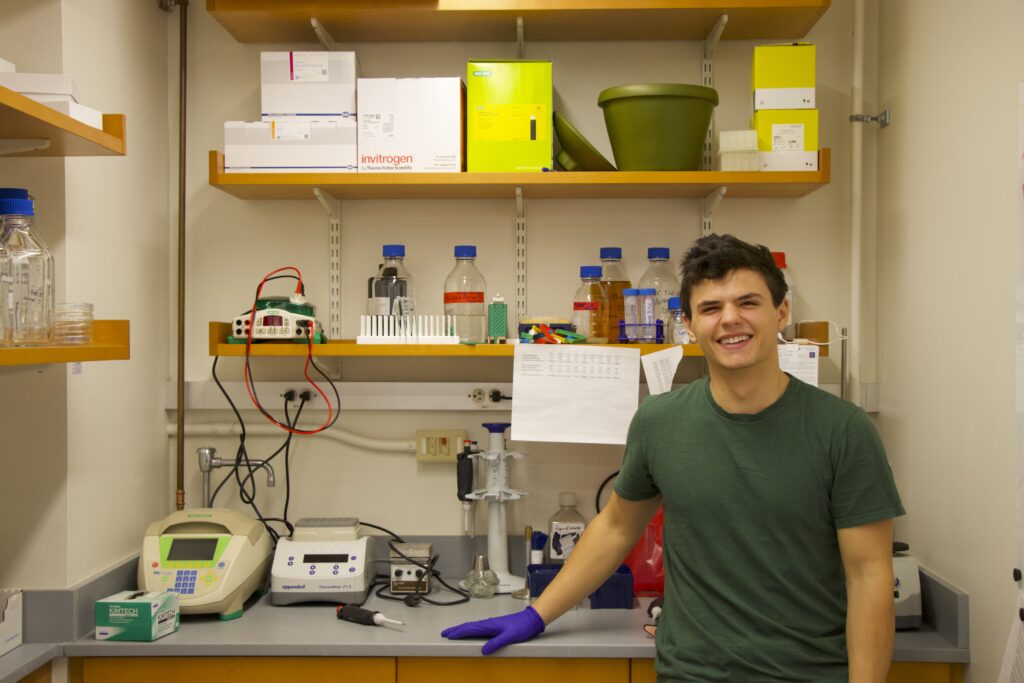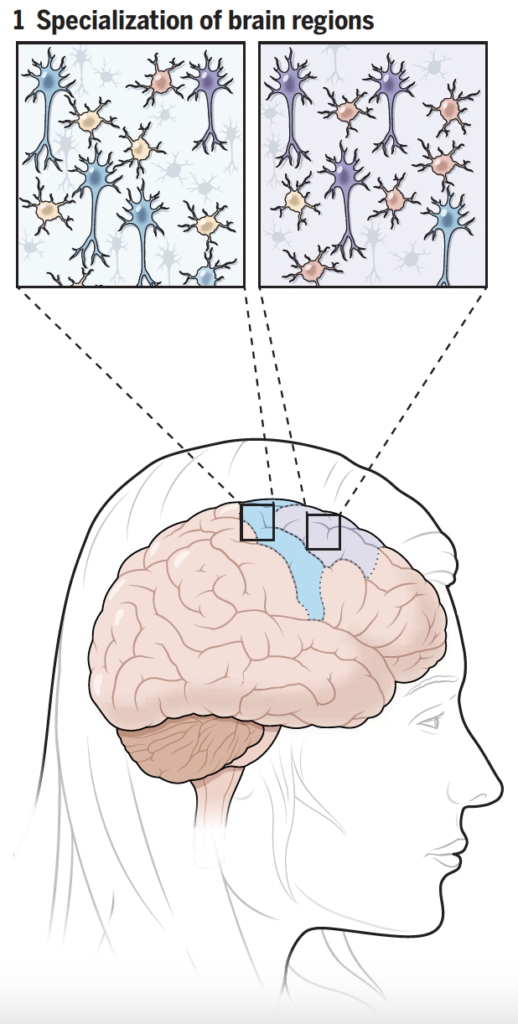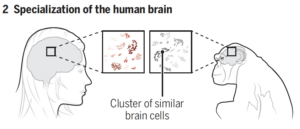“The lab and the art studio are fundamentally the same space; you have a material, a question you want to answer, and you experiment” – Philip Spyrou
Give a teen unfettered access to the internet and they might transform into a brain-rotten screenager. Luckily, in Philip Spyrou’s case, hours spent looking at Reddit feeds and YouTube videos did not translate into cognitive decline. In fact, quite the opposite was true; he used his internet privileges to teach himself how to cultivate life. As a high school sophomore, Philip experimented with hydroponics and tried to grow mushrooms using soil he made with whole grains and a pressure cooker. His resourceful and creative fascination with life led him to a chemistry and visual arts double major at Bowdoin College. He now studies the role of proteins in neuron function as a senior researcher in Professor Henderson’s chemistry lab.

When Philip showed me around the Henderson lab, he explained that proteins play a near-infinite number of crucial roles in biological processes. One such process is the formation of synapses in the brain. In simple terms, a synapsis is the coming together of two neurons to exchange information – a crucial mechanism for routine brain function. However, neurons need the ability to “crawl” around brain tissue before they can find other neurons and form synapses. SRGAP proteins enable neurons to develop finger-like protrusions from the cell membrane with which they can “crawl”. Philip studies how the membrane attracts these proteins.
To study this neuron crawling mechanism, Philip has to think beyond the two dimensions of a textbook. After all, a protein’s three-dimensional structure is key to its function. In this regard, his time in the art studio has proven valuable to his work in the lab. Philip believes the lab and the studio aren’t all that different, and that working with clay and ceramics has trained him on how to gather materials, ask questions, and design experiments with a three-dimensional mindset.

“I like thinking visually, structurally, and three-dimensionally about the biological processes I study”
The three-dimensionality of Philip’s research unfolds at the molecular scale. It requires him to spend most of his time thinking about intangible processes. But, he says, it helps him to think of the applications of his research. For example, loss of proteins that enable neuron cells to crawl around the brain might be implicated in cognitive disabilities and memory loss. This is something he hopes to continue researching by earning a PhD with the goal of eventually becoming a full-time researcher.
As Philip continues on this path toward becoming a scientist, he finds it important to keep reminding himself of where his passion for science comes from. His love for understanding life originated in his backyard when he figured out how to grow plants and mushrooms. Though he does not foresee himself going back to researching those forms of life any time soon, he does want to keep tapping in to his fifteen-year-old self’s creative fascination for life.


 Comparisons of cell composition in regions across the brain resulted in findings from researchers under Siletti from the University of North Carolina at Chapel Hill and Jorstad from Harvard University. The two groups found that rather than mainly having different types of cells in different parts of the brain, some different parts of the brain shared the same cells but had different proportions of these cells. There were some exceptions, such as inhibitory neurons in the primary visual cortex, although the explanation of this finding is unclear. Such results change the understanding of evolutionary diversity in that diversification does not depend heavily on having many different cell types, but rather on having varying proportions of cells with small differences.
Comparisons of cell composition in regions across the brain resulted in findings from researchers under Siletti from the University of North Carolina at Chapel Hill and Jorstad from Harvard University. The two groups found that rather than mainly having different types of cells in different parts of the brain, some different parts of the brain shared the same cells but had different proportions of these cells. There were some exceptions, such as inhibitory neurons in the primary visual cortex, although the explanation of this finding is unclear. Such results change the understanding of evolutionary diversity in that diversification does not depend heavily on having many different cell types, but rather on having varying proportions of cells with small differences.